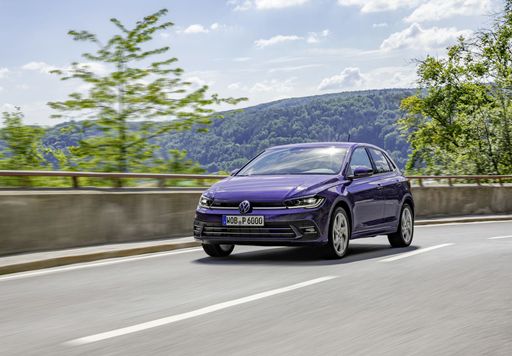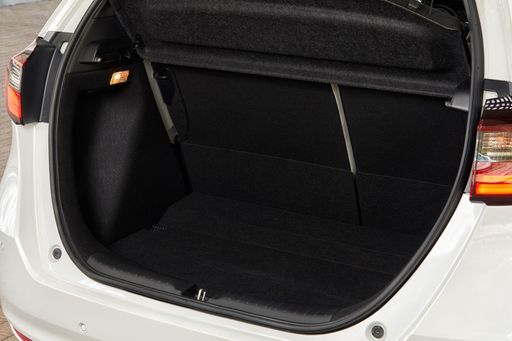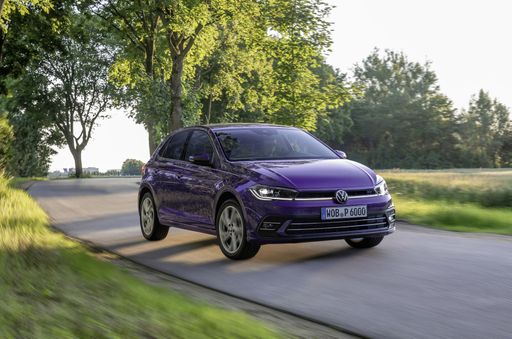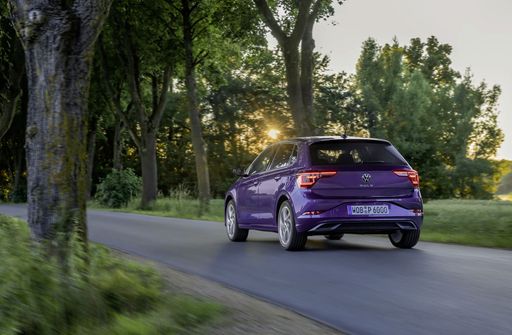Round the Bend: Honda Jazz vs. VW Polo
When it comes to compact hatchbacks, the enduring appeal of the Honda Jazz and VW Polo cannot be overstated. Both vehicles boast modern aesthetics, efficient engineering, and impressive versatility. Our comprehensive comparison delves into their technical aspects and innovations, helping you decide which model aligns perfectly with your needs.











